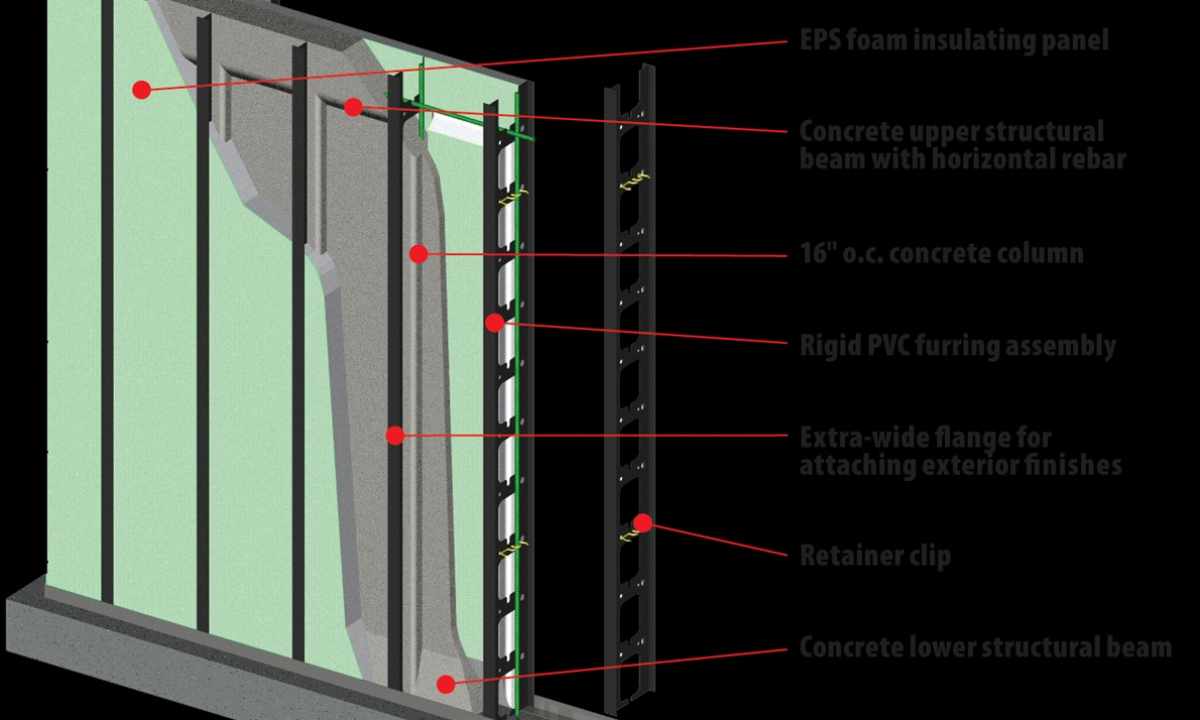At construction of the building not less than 15% of the budget selected for object are spent for construction of walls. This structural component performs not only function of protection of the internal rooms, but also great number of others not less important.
Instruction
1. Any wall has to correspond to number of requirements. The main among them the following: ability to sustain loading of curb weight; weight of overlappings, rafter system, roofing and finishing materials; engineering networks; to perform function zvuko- and heat insulator; to have the minimum hygroscopicity and high fire resistance.
2. Depending on location in the house, walls are internal and external. The partitions serving as divider of adjacent rooms carry to internal walls. They are not load-carrying structures, but their function is not less important. External walls refer to category of bearing. They give total load of construction to its basis – the base. This type of walls is designed to provide protection of internal rooms against wind, precipitation and frost, having provided thereby in the house comfortable microclimate.
3. There are also self-supported walls. By them call structural components of the building which transfer to the base loading only of the weight. They are built in the form of hinged plates or panels for which support are columns.
4. The wall built above eaves is called parapet. This element of the building, as a rule, does not exceed 1 m in height. The parapet can be built on all perimeter of the house or only from his facade. The wall built in the form of triangle between two slopes of roof and framed with eaves is called pediment. If the eaves are absent, then such structural component of construction is called "shchipets".
5. Walls which thickness is not identical on height (that is, built by horizontal ledges) call "sawn-off shotgun". If ledges are located vertically, such wall - "raskrepovka". In certain cases for increase in stability of the building or its dressing, wall build with thickening of front edge which goes with inclination. This structural component of the building call "buttress".
6. In turn, walls can consist of various structural components too. For example, if at them there are not through deepenings, they are called niches. They are intended for mounting of communications and the equipment relating to engineering networks (radiators of heating, pipes and so forth).
7. In walls do openings in which establish window and door units. The structural component of wall blocking upper part of opening is called crossing point. They are two types: bearing and not bearing. The first besides curb weight keep the mass of all above-located designs. Not bearing crossing points transfer to piers only curb weight.

